Canada’s Glacier National Park is a stunning area of mountainous terrain, glaciers, and history, and it’s one of the country’s premier mountain destinations.
Located in southeastern British Columbia, the park is known for its towering mountains, dense forests, and diverse animal life.
This guide is here to help you discover all the best things to do in the park as well as to provide you with travel and tourism information and tips for visiting.
Whether you’re looking to experience untamed solitude in the wilderness or are itching to visit Rogers Pass, this guide has all you need to plan your adventure.

Why Visit Glacier National Park
Unspoiled Wilderness
Glacier National Park is one such destination.
Unlike the more popular parks of Banff and Jasper, here you’ll get privacy and quiet. The hiking trails aren’t as busy so you can escape deep into the backcountry.
It’s an ideal destination for outdoorsy people who enjoy the solitude of nature and want to see Canada in its purest form.
Historic Rogers Pass
Rogers Pass is not only a beautiful drive; it’s a piece of Canadian heritage. The pass was an essential link in construction of the Canadian Pacific Railway.
Nowadays it’s a portal to the outdoors, providing incredible vistas and a glimpse into the past.
When you’re there, you can envision the men who labored to build the railroad, cutting their way through these steep mountains.
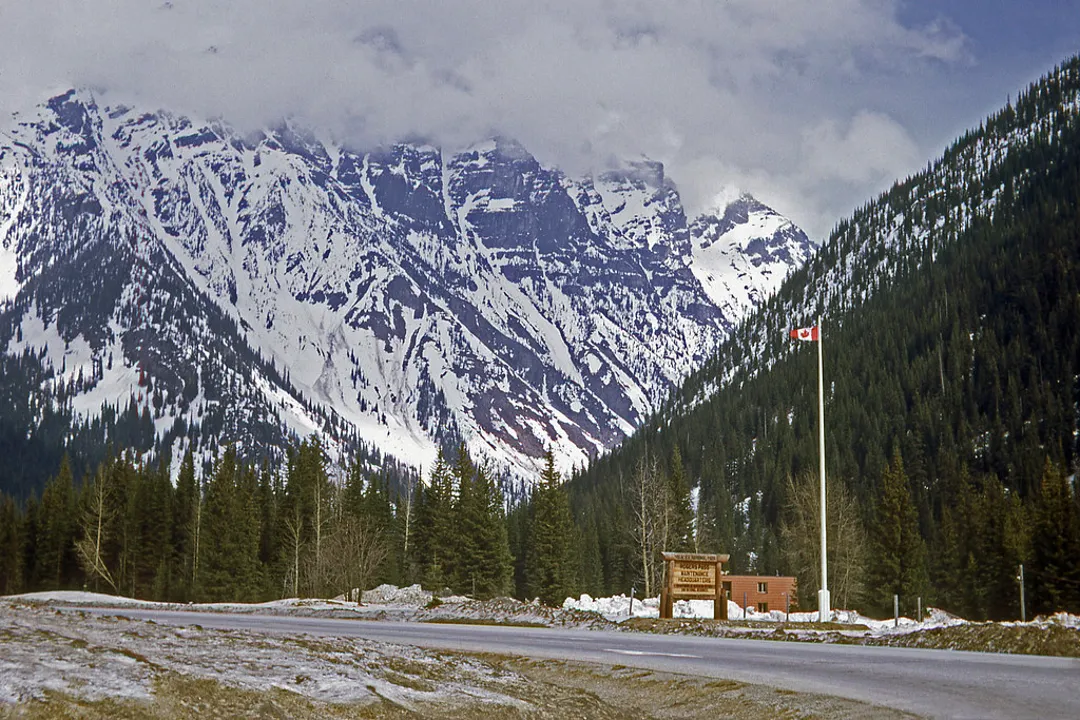
Adventure Hub
If adventure is your thing, you’ve come to the right place. There’s something to do in Glacier National Park every season.
During the summer, try your hand at a hike or a climb on one of the park’s more strenuous mountains. When winter hits, they become ski runs and snowshoeing paths.
Adventure travelers will always find something in the park to make their heart race.
Rich Wildlife
Animal lovers will be in their element in Glacier National Park.
You may even see a bear or mountain goat and birders will find the park full of hard-to-spot species, turning a simple hike into a treasure hunt.
When there is such abundant biodiversity, your chance of an encounter is always near.
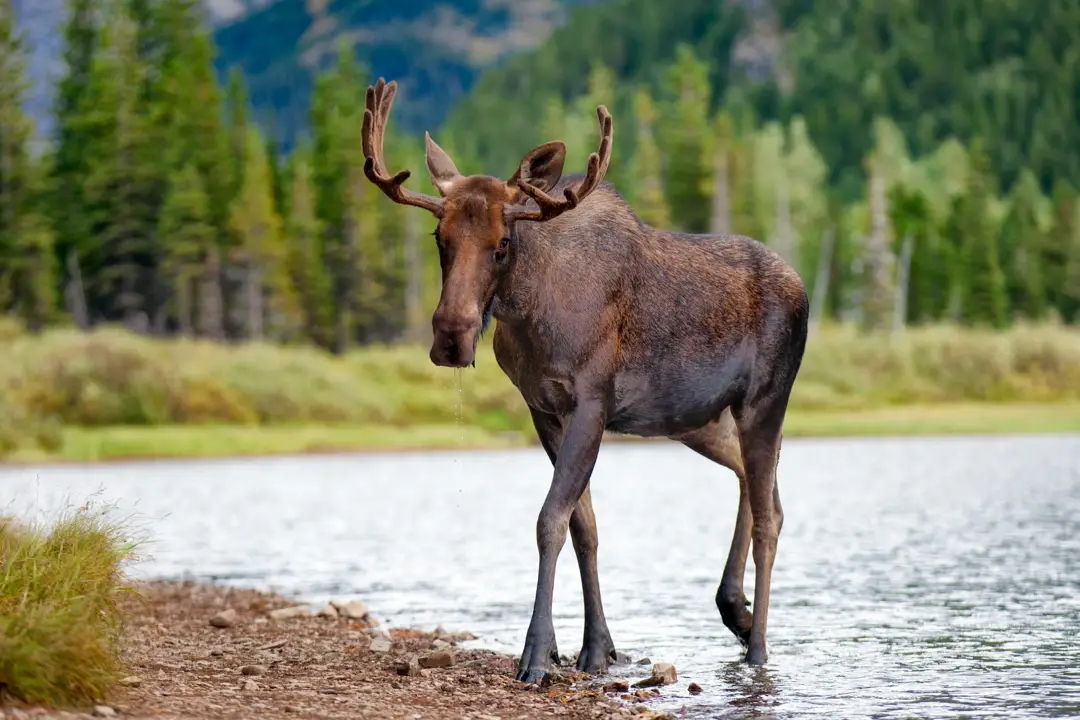
The Basics About Glacier National Park
Location
Glacier National Park sits on the border of Revelstoke and Golden in British Columbia.
Since it’s right off the Trans-Canada Highway, it’s super accessible but still miles from anything resembling a crowd.
The park is a part of the beautiful Columbia Mountains, famous for their wild scenery and wide array of environments.
Mountains and dense forests will fill your vision when you’re behind the wheel on this highway.
If you’re a road trip lover, this is a must-visit destination with lots of spots to stop and venture out.
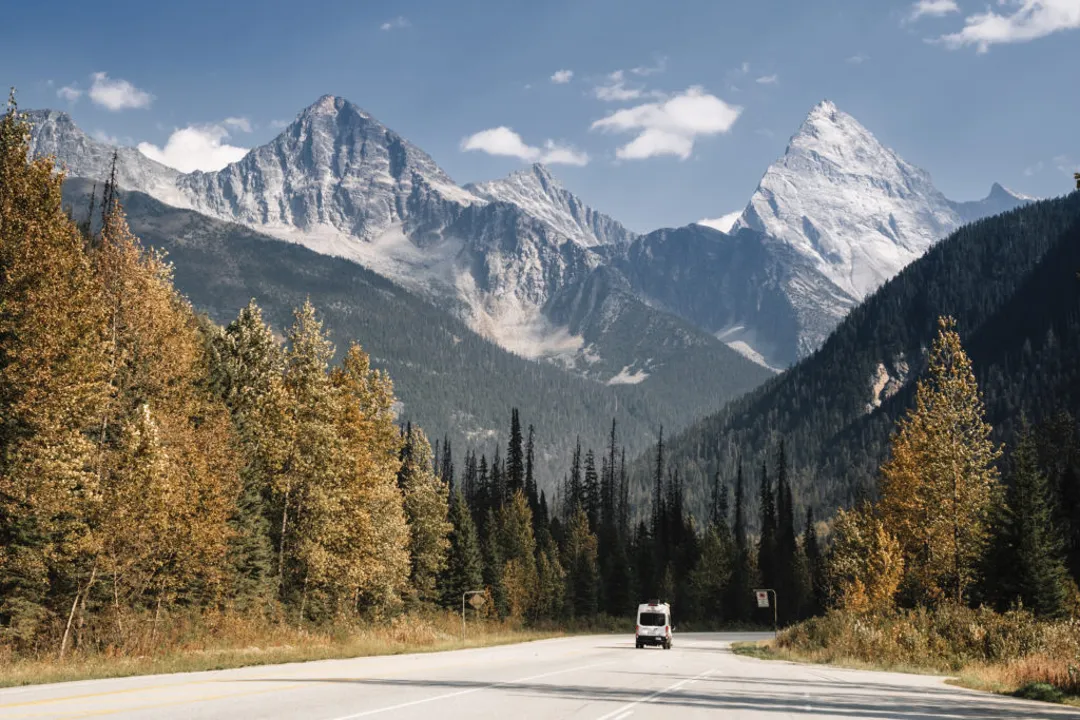
Size
Glacier National Park is a massive, rugged park that covers well over a million acres of space.
You really get a feel for how massive things are in such. And because of its size, there seemingly is endless new territory to explore: more glaciers, more mountains, more trails.
All that size also means plenty of room for its abundant wildlife populations without them getting too packed in.
When you visit, you’re stepping into a world that feels wild and open and free.
History
Glacier National Park has a long and storied history, including history with Indigenous peoples.
This was a land that Indigenous peoples once roamed long before it was ever set aside as a park. It then became the playground of mountain climbers and explorers.
Today, you can still hike in their footsteps, connecting the dots as you go. It’s a park that doesn’t hide its past — it wants you to come learn about it.

Climate
The climate is high-mountain, so you’ll enjoy snowy winters and colorful summers.
Winter in the park can be cold and see plenty of snow, turning the park into a winter wonderland).
Summers are brief yet blossoming, with fields of wildflowers and the trails begin covered in green.
Spring and fall are unpredictable, but they are also wonderful in the park.
All in all, the climate enhances the park and makes each visit feel like an entirely new adventure.
Best Time to Visit
How you plan your trip here is going to depend a lot on what you want to do.
If you’re interested in hiking, camping, and seeing wildflowers, the best time to visit is July-September. If you’re interested in skiing or snowshoeing, it’s December to March.
If you’re looking for quiet, you’ll want to head to the park April-June or October to November, but the weather is more unpredictable and some things are closed.
No matter when you go, you’re going to love it and have a completely different experience based on the season you go.
Natural Wonders of Glacier National Park
Towering Glaciers
Glacier National Park is home to over 400 active glaciers.
These incredible sheets of ice are a rare treasure in the modern world since all the glaciers appear to be melting away.
Each of them plays a part in carving the valleys, which are still in the process of forming this very second.
And, as they recede, they have created the strong rivers that twist and turn throughout the park.
It’s a majestic reminder of the power and beauty of nature when you come to see the glaciers in person.

Selkirk Mountains
The Selkirk Mountains constitute the park’s rugged spine. They jut straight up, providing expansive panoramic views.
Photographers and looky-loos will have endless opportunities. The mountains set the scene for trekking the park’s excellent hiking trails.
This is yet another reminder of nature’s awesomeness and the lasting charm of the Canadian wild.
Cedar and Hemlock Rainforests
The cedar and hemlock rainforests in the interior of the Olympic Peninsula are some of the oldest in Canada.
Inside a national park within a park, the temperature is always “spring.” In the heart of the park you will find miles upon miles of walking among the giant tall trees.
The mosses and ferns will make you feel out of this world, too. You’ll really be able to just get away!
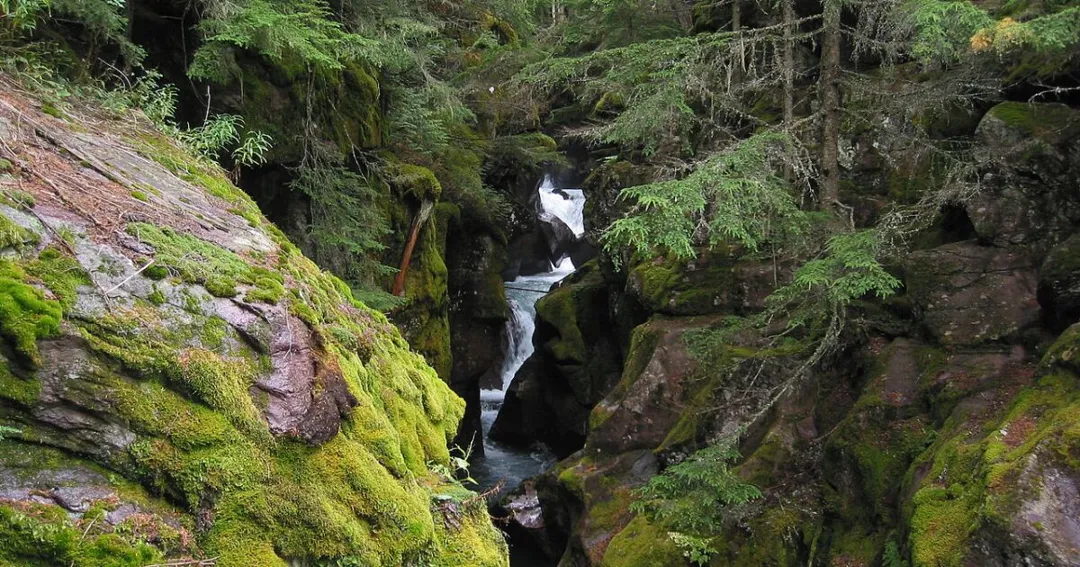
Illecillewaet Glacier
The Illaccellewaet Glacier is a walk back in time. Previously surrounded by climbers, it now offers an easy access hike.
It’s easy to see just how far the glacier has declined. And it’s the perfect example of climate change you can see. It’s a sobering, yet amazing, hike along this path.
Waterfalls & Streams
The park is teeming with herds of waterfalls and glacial streams. The waterfalls make for nice scenery as you traverse the trails.
They also give you a soothing audio backdrop as you move around. It’s not just something you see and experience with your eyes, but with your ears too.
Stop and spend time just watching the waterfalls. Let the calm flowing of water relax you.

13 Best Activities in Glacier National Park
Spring & Summer (June – September)
1. Hike Abbott Ridge Trail for panoramic glacier views.
If you want an epic hike, the Abbott Ridge Trail is it.
Littered with panoramic glacier vistas, this is one of those hikes where you’re happy to be going uphill.
Every step you take merely gets you a view to a more stunning stretch of nature.
Keep your eyes peeled for wildlife or a secluded space to take in the awe-inspiring beauty of the area.
It’s a hiker’s paradise and one of the best things to do while in Glacier National Park.
2. Trek the Glacier Crest Trail with close-up glacier scenery.
For those who want to see glaciers on a more intimate level, Glacier Crest Trail is the hike for you.
The hike is itself and an adventure as you venture through the greenery and tackle the switchbacks.
Once you reach the top the views of the glaciers in the distance are jaw-dropping.
It’s well worth the effort as the trail is both the destination. It’s suitable for all with a sense of adventure or love of nature.
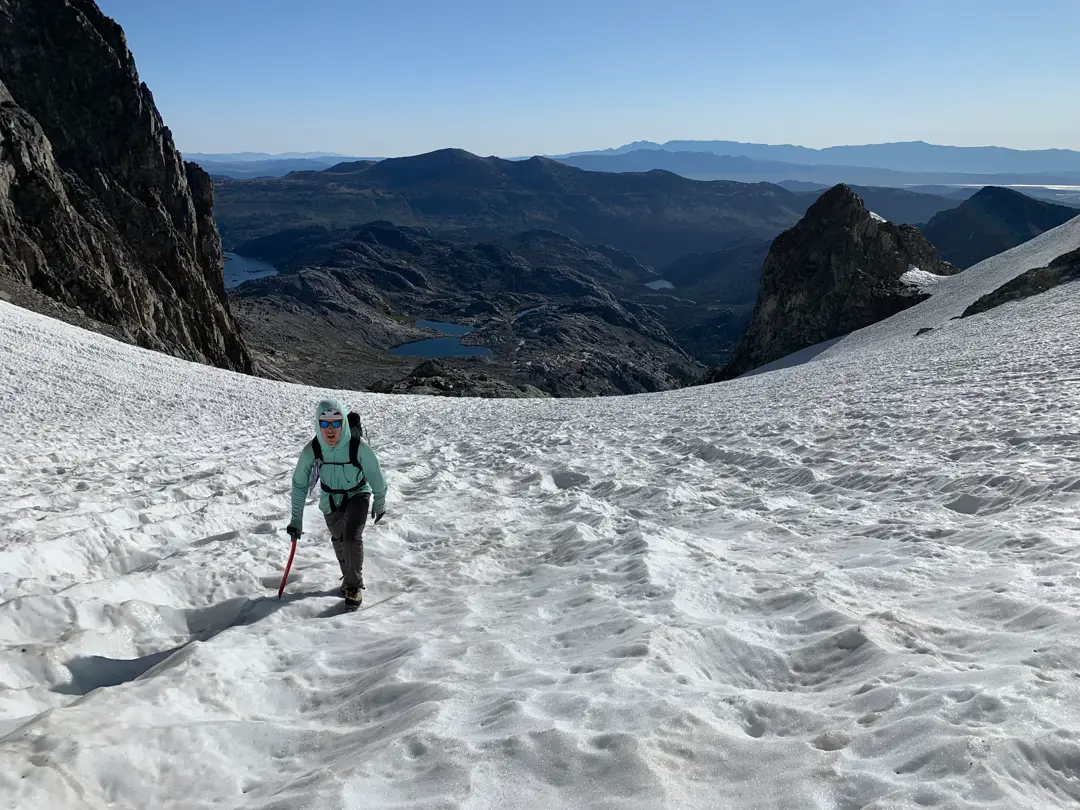
3. Stroll the Hemlock Grove Boardwalk, great for families.
Not every trail is challenging, and the Hemlock Grove Boardwalk offers an easy, kid-friendly hike.
The flat, wheelchair-accessible boardwalk offers an opportunity to appreciate some impressive old trees with minimal effort.
The trail is flat and an easy walk, making it a nice introduction to the park’s nature without exerting yourself. Be sure to take pictures everywhere you look!
4. Go wildlife watching for bears, mountain goats, and marmots.
Wildlife lovers will have a field day in Glacier National Park.
Armed with a set of binoculars, you might be able to see bears, mountain goats, and mischievous marmots.
Your best bet is to go either in the early morning or late afternoon, as that’s when the animals are most active.
Each sighting is a chance to observe one of these amazing animals from a close distance but remember to always keep your distance.
5. Take photography trips to capture wildflowers and peaks.
Glacier National Park is a picturesque natural wonderland, an ideal setting for a stunning photograph.
With wildflowers dotting the landscape and the stunning snow-covered mountain peaks, the photo opportunities are endless.
You’re going to be constantly in awe, continually pausing to snap a new picture.
Get out your camera and start shooting– it’s an amazing place for photography that will have you pushing your creative boundaries.
6. Camp at Illecillewaet Campground, a historic mountaineer site.
For an antiquated mountaineering experience, spend the night in Illecillewaet Campground.
This location has historic significance, and by camping here, you can get a sense of what it was like for climbers back in the day (without the strenuous hike in).
Set up a campfire, swap tales, and sleep among the stars. It’s an opportunity to unplug from society and plug back into yourself.
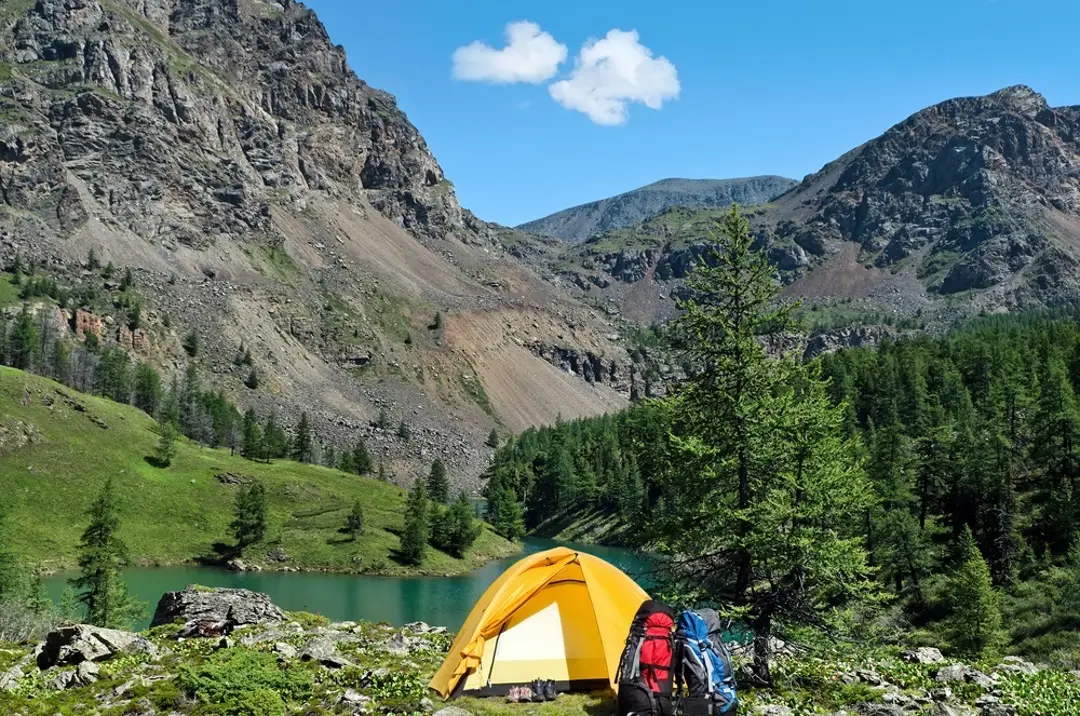
7. Visit during wildflower season (July–August) for alpine blooms.
Make sure you visit in July and August so you can see the alpine meadows come alive.
These meadows explode with wildflowers of all colors, creating a painter’s palette of views that make you feel as though you’re wandering in a postcard.
You’ll walk the trails as the flowers scent the air and the bees buzz nearby. It’s a sensory overload and an activity you shouldn’t skip if you’re here in the summer.

Fall & Winter (December – March)
8. Experience backcountry skiing in deep powder.
For those that love winter sports, backcountry skiing in Glacier National Park is an unforgettable experience.
It’s not easy, but if you’re a ski enthusiast, it’s an epic adventure.
The snow-covered and empty mountain ranges and valleys will make you feel like you’re in a winter wonderland.
Just be prepared and informed before you jump into this activity.
9. Try snowshoeing on marked trails.
Walking around the park in the winter is another great way to see its beauty.
As the snow crunches beneath your feet, you can relax, enjoy the scenery, and take in the experience of the marked trails.
The peaceful surroundings and calmness are wonderful. Every step is enjoyable. You’ll be cozy, just walking around.
10. Attempt alpine climbing on Mount Sir Donald.
Mount Sir Donald is a veritable alpine playground for climbers with experience.
It’s a favored destination among both novices and diehards climbers for its tough terrain and beautiful panoramas.
For the best weather, you’ll want to wait until late summer, though early fall is manageable for experienced hands.
Every climb is different but they all end in a rewarding sense of accomplishment.
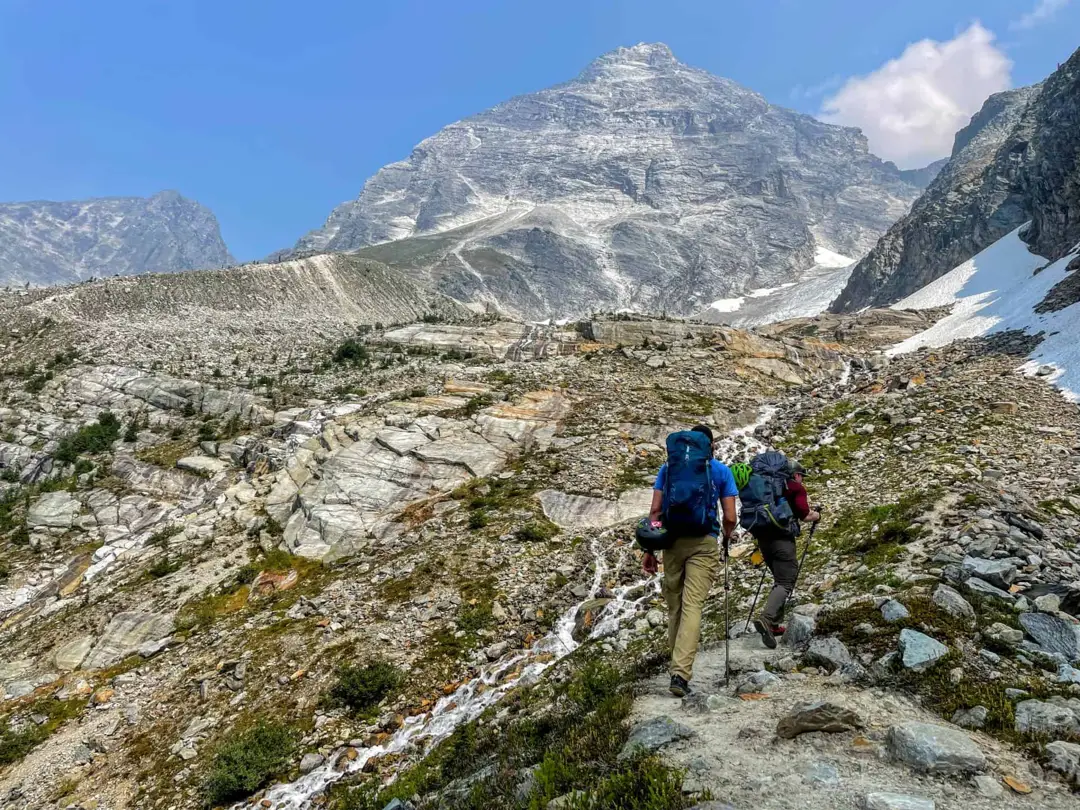
Year-Round Activities
11. Take a scenic drive along the Trans-Canada Highway through the park.
Driving through Glacier National Park on the Trans-Canada Highway is a memorable journey.
The road follows a path between towering mountains and green valleys, the scenery constantly changing yet always amazing.
It’s a great way to explore the park slowly and to have the flexibility to do as you please.
There are pull-offs and trailheads you can stop at here.
12. Enjoy star gazing at Rogers Pass with clear skies.
Once night descends, Rogers Pass becomes a perfect spot to take in the stars.
The sky opens up to reveal thousands of shining stars and faraway planets. Grab a blanket, a telescope and lose yourself in the space above.
Even if you’re not into stars, the view is a wonderful way to cap off a day in the park. Stars light up the park, shining stories for those who stop to listen.
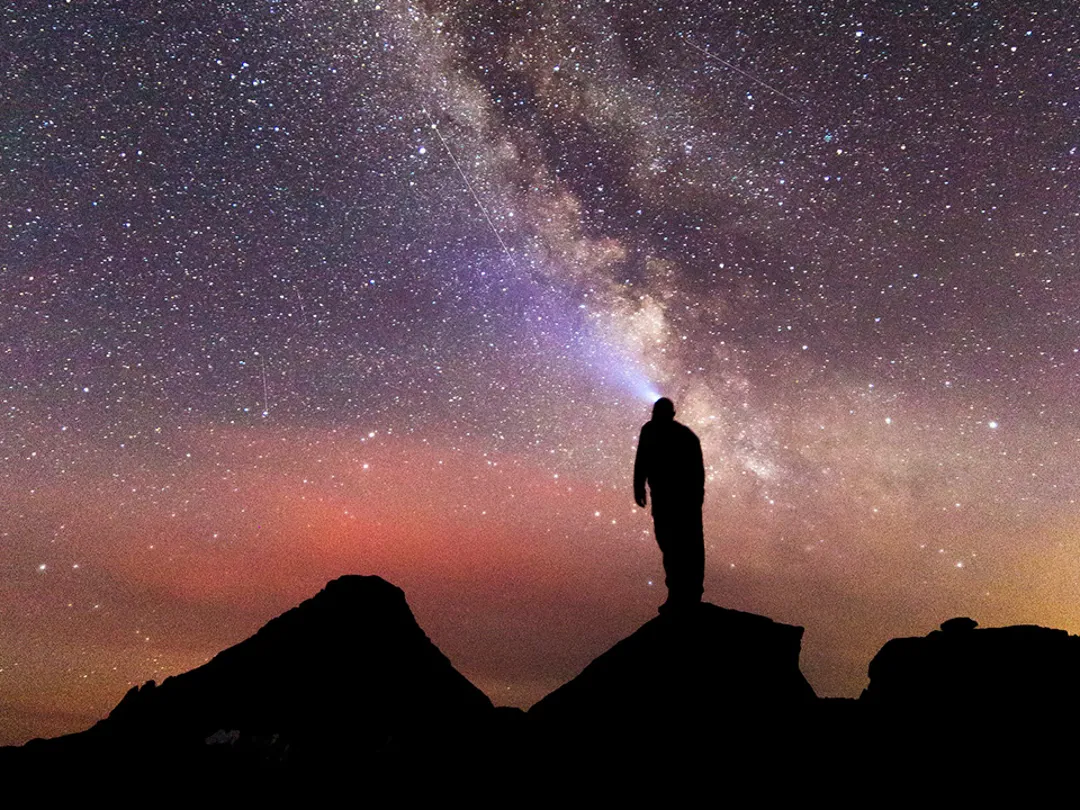
13. Do bird watching, spotting species from spring through winter.
If you’re a birder, Glacier National Park is the place for you! The variety of birds here is truly spectacular, no matter what time of year.
You might be lucky enough to see a rare bird while out for a hike. Or you may simply enjoy watching birds at the feeder while sipping your morning coffee.
Either way, you will certainly come across lots of bird-watching opportunities.
It’s relaxing and enthralling at the same time, and it’s a great way to learn about the numerous types of habitats in the park.
The Essentials for Visiting Glacier National Park
Getting There
This stunning park graces the Trans-Canada Highway, fittingly situated near Revelstoke and Golden (British Columbia).
If you’re coming from afar, the closest major airports are Kelowna International (3.5 hours away) and Calgary International (four hours away).
The drive is scenic, marvelous, and the ideal introduction to the adventure.
There’s no public transportation within the park, so driving really is your only option.
Park Fees & Passes
Before you enter Glacier National Park, you will need your Parks Canada pass.
It’s a requirement, as there are no exceptions, and you can either purchase one as a daily or annual pass, depending on the length of your stay.
You can buy one online, at a park entrance station, or at the town closer to the park.
Having your pass at the ready will make your entry a breeze and will help you to maintain your excitement for the outdoor activities that are ahead.
Accommodation & Facilities
The park has a couple of campgrounds at Illecillewaet and Loop Brook. If you’d prefer more of a hotel, Revelstoke to the west and Golden to the east have plenty of options.
Just know that Glacier doesn’t offer lodging within the park, helping to maintain its wilderness atmosphere.
No matter whether you plan to camp or hole up in a comfortable lodge, there’s a home base for you when you’re ready to wrap up your day of adventure.
Visitor Services
The Rogers Pass Discovery Centre is your best resource for information. It has historical displays, maps, and, perhaps most importantly, restrooms.
While most trailheads do usually have a parking area, many don’t have any facilities near them, so come prepared.
There’s very little cell service in the park so downloading maps or audio guides ahead of time is recommended.
Make sure you’re well-prepared and ready before you start your visit and you’ll be able to enjoy the park without any issues or delays.
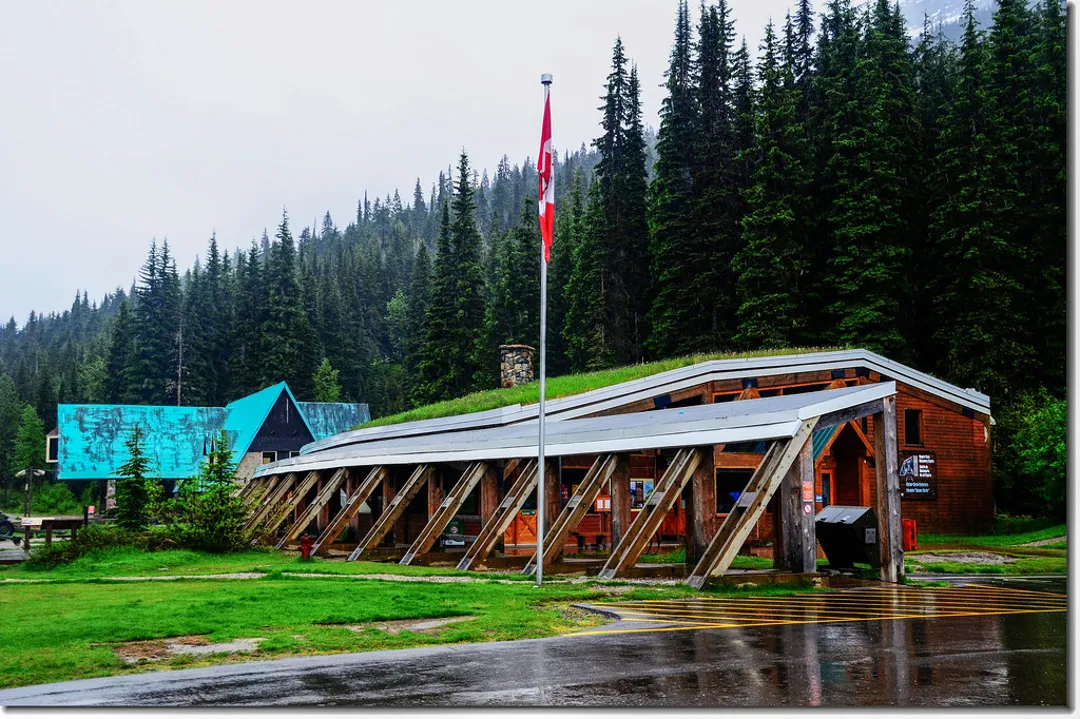
Visiting Tips for Glacier National Park
Plan Ahead
Before you go, just double-check for any seasonal road closures. This place is amazing but it can cut you off with no warning.
Avalanche warnings and weather conditions change quickly, so better be safe than sorry.
The more you know in advance, the more you can prepare and ensure a hassle-free trip.
Pack Smart
Layers are key since mountain weather is unpredictable. Always carry waterproof clothing as storms can appear from literally nowhere.
Bear spray isn’t optional and offline maps are a good idea since you can’t always rely on a cell signal.
The prepared traveler is the one who gets to enjoy nature without incidents. It’s the best way to “rough it” safely and comfortably in the natural world.
Stay Safe
If you come in the winter, bring avalanche equipment. It’s also important to be aware of how to use it so you can take precautions if you find yourself in snowy situations.
Being “bear-aware” is essential in the summer. Observe safety protocols and give wildlife their space. Keep safe and respectful at all times and you’ll have an incredible visit.
Fuel Up
Just be sure to top up your gas tank in Revelstoke or Golden as you approach the park service gate.
There are no gas stations in the park, and you don’t want to be left scrambling.
It’s a small thing that can make your adventure go much more smoothly. Having a full gas tank helps take one worry off your mind.
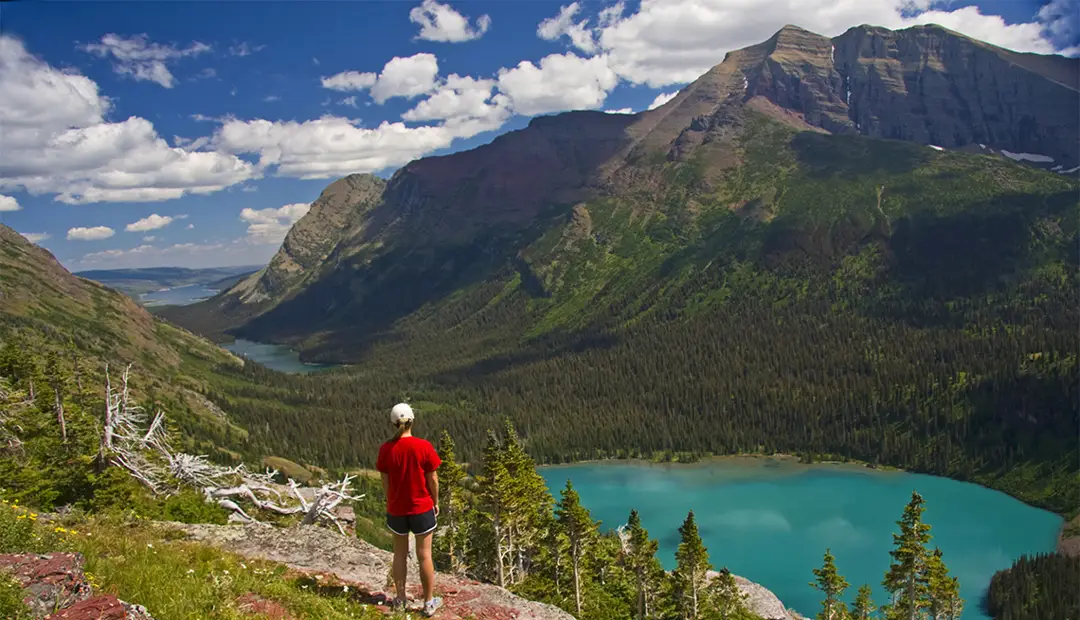
FAQ
1. Is the park open year-round?
Yes, but availability and things to do vary by season. Some parks close in the winter.
2. Do I need a reservation to visit?
No reservation is required for day use, though you do need one for camping.
3. Are drones allowed in the park?
No, you cannot fly recreational drones in Canadian national parks.
4. Are pets allowed in Glacier National Park?
Yes, though they need to be on a leash at all times and in some trails not allowed.
Conclusion
Glacier National Park is one of my favorite destinations in all of Canada, letting you get up close and personal with the country’s impressive glaciers, mountains, and wildlife.
This state park kicks ass and has something for everyone, no matter if you enjoy hiking, skiing, or just being outside.
This is also a great park for families and history buffs, as there are plenty of tales and lore behind the trails and the area.
Find adventure, escape the crowds, or learn some history—you can do it all in Glacier National Park. It’s all here for you to discover.

